

| Region rejsu : Alaska |
| Firma : Royal Caribbean International |
| Statek : Serenade of the Seas |
| Data rozpoczęcia : niedz. 17 sie 2025 |
| Data zakończenia : niedz. 24 sie 2025 |
| Liczba nocy : 7 nocy |
| Dzień | Data | Port | Wypłynięcie | Odpłynięcie |
|---|---|---|---|---|
| 1 | 17.08 niedz. | Vancouver / Kanada | 17:00 | |
| 2 | 18.08 pon. | Cieśnina wewnętrzna Alaski / USA | ||
| 3 | 19.08 wt. | Sitka / USA | 11:30 | 18:00 |
| 4 | 20.08 śr. | Lodowiec Tracy Arm / Alaska | 06:30 | 10:30 |
| 5 | 21.08 czw. | Juneau / Alaska | 14:00 | 22:00 |
| 6 | 22.08 pt. | Haines / Alaska | 07:00 | 16:00 |
| 7 | 23.08 sob. | Ketchikan / Alaska | 11:59 | 20:00 |
| 8 | 24.08 niedz. | Cieśnina wewnętrzna Alaski / USA | ||
| 9 | 25.08 pon. | Vancouver / Kanada | 07:00 |
Royal Caribbean International dba o swoich pasażerów, zapewniając im komfort i różnorodność atrakcji na pokładzie.
*Rozmiar napiwków zależy od wybranej kategorii kajuty:
Depending on the cruise date, a payment is required to confirm the cabin. After the prepayment is made, the manager confirms the application in the cruise system and notifies you by e-mail.
Cruise Duration Deposit (prepayment)
1-5 nights $100/person
6-9 nights $250/person
10 and more nights $450/person
Full payment
60 days before the cruise
Full payment (cruises from December 24-31)
90 days before the cruise
Standard Penalties for Royal Caribbean Intl. Cruises
Cancelation Period Cancellation Policy
1-5 Nights 6 Nights or More
90-61 Days Prior to Arrival $35/person $70/person
60-46 Days Prior to Arrival In the Amount of Deposit
45-31 Days Prior to Arrival 25% of the Full Cruise Cost, but no less than the Deposit
30-15 Days Prior to Arrival 50% of the Full Cruise Cost, but no less than the Deposit
14 Days Prior to Arrival/No-Show for Boarding 100% of the Cruise Cost
Penalties for Royal Caribbean Intl. New Year's Cruises (December 24-31)
Period in which the cancellation took place Cancellation conditions
1-5 nights 6 or more nights
90-61 days before arrival In the amount of the deposit
60-46 days before arrival 25% of the full cost of the cruise, but not less than the deposit amount
50% of the full cost of the cruise, but not less than the deposit amount
45-31 days before arrival 50% of the full cost of the cruise, but not less than the deposit amount
30-15 days before arrival 75% of the full cost of the cruise, but not less than the deposit amount
14 days before arrival/no show for boarding 100% of the cost of the cruise
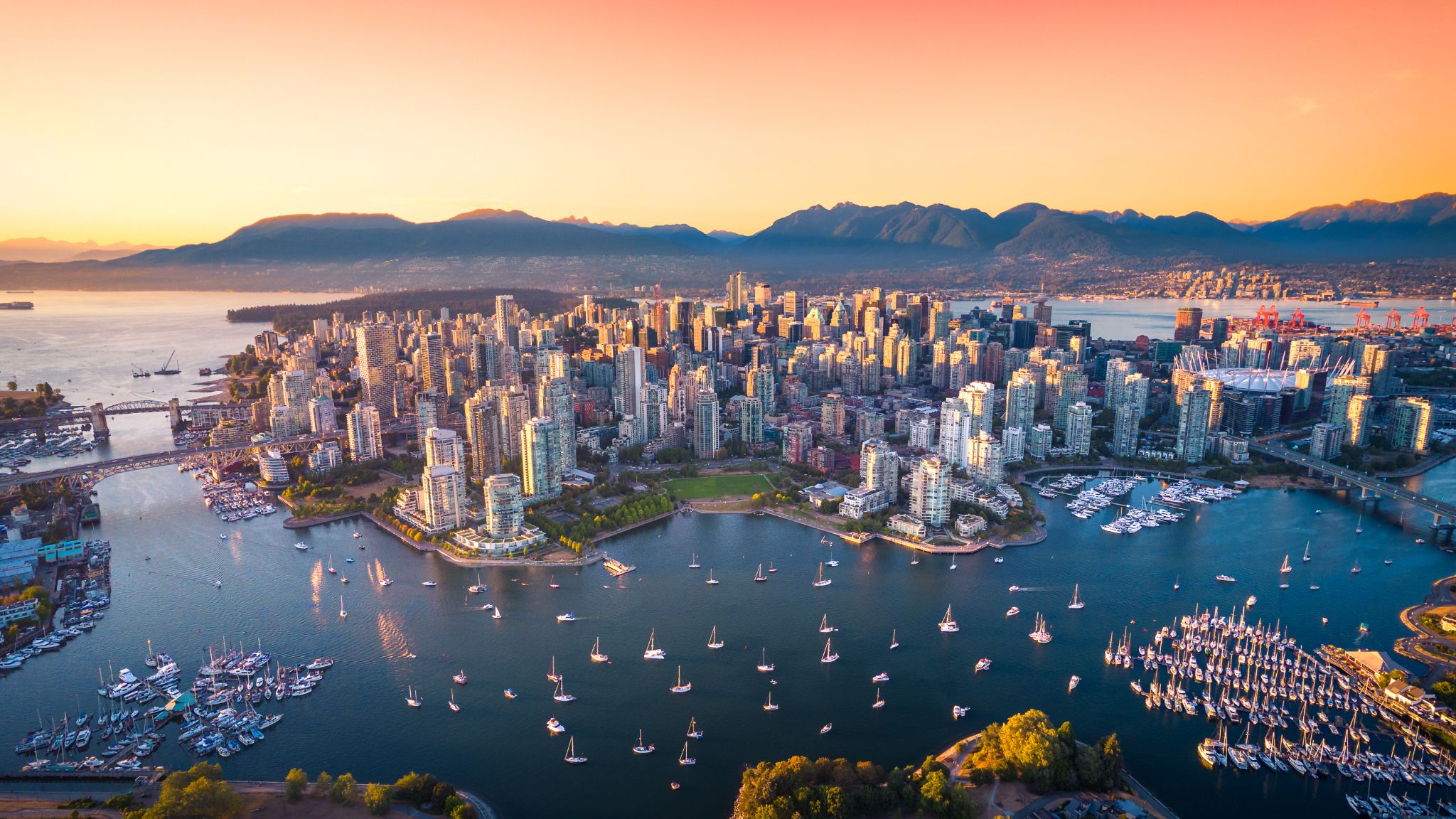
Vancouver is a coastal seaport city in western Canada, located in the Lower Mainland region of British Columbia. As the most populous city in the province, the 2016 census recorded 631,486 people in the city, up from 603,502 in 2011. The Greater Vancouver area had a population of 2,463,431 in 2016, making it the third-largest metropolitan area in Canada. Vancouver has the highest population density in Canada with over 5,400 people per square kilometre, which makes it the fifth-most densely populated city with over 250,000 residents in North America behind New York City, Guadalajara, San Francisco, and Mexico City according to the 2011 census. Vancouver is one of the most ethnically and linguistically diverse cities in Canada according to that census; 52% of its residents have a first language other than English.[8][9] Roughly 30% of the city's inhabitants are of Chineseheritage. Vancouver is classed as a Beta global city.
Vancouver is consistently named as one of the top five worldwide cities for livability and quality of life, and the Economist Intelligence Unit acknowledged it as the first city ranked among the top-ten of the world's most well-living cities for five consecutive years. Vancouver has hosted many international conferences and events, including the 1954 British Empire and Commonwealth Games, UN Habitat I, Expo 86, the World Police and Fire Games in 1989 and 2009; and the 2010 Winter Olympics and Paralympics which were held in Vancouver and Whistler, a resort community 125 km (78 mi) north of the city. In 2014, following thirty years in California, the TED conference made Vancouver its indefinite home. Several matches of the 2015 FIFA Women's World Cup were played in Vancouver, including the final at BC Place.
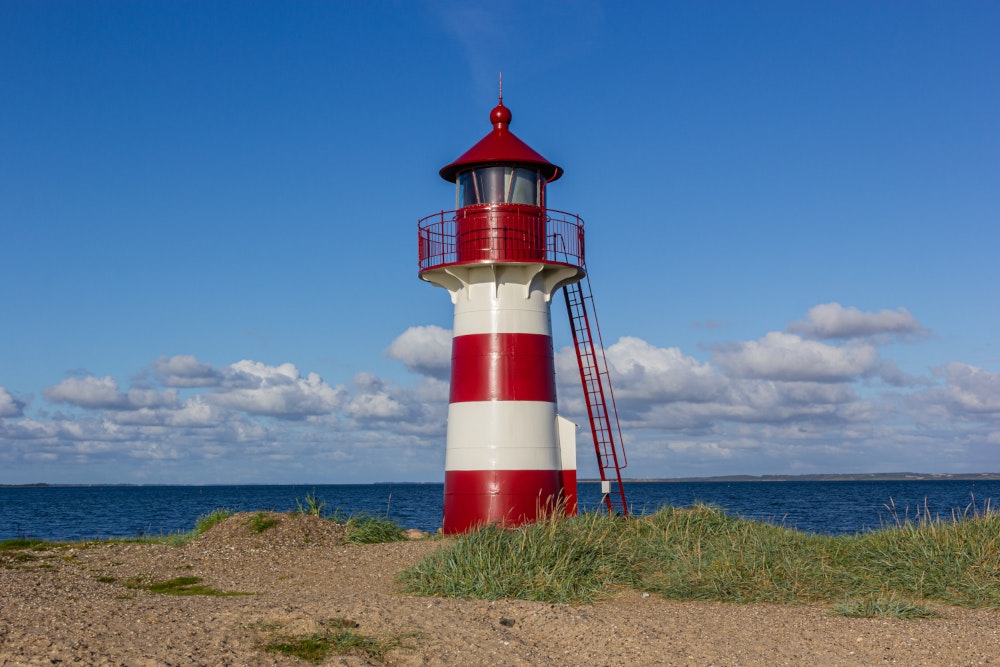
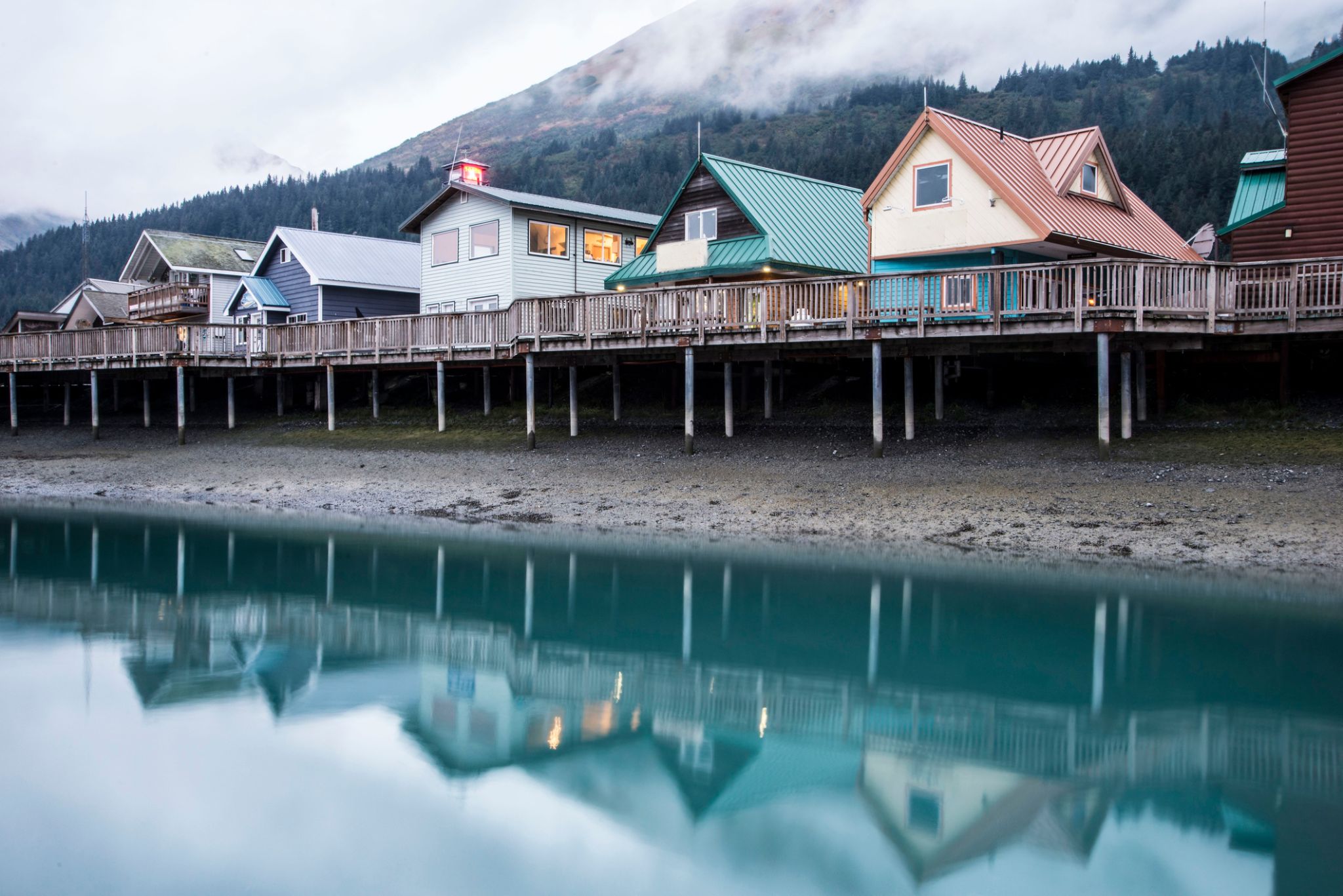
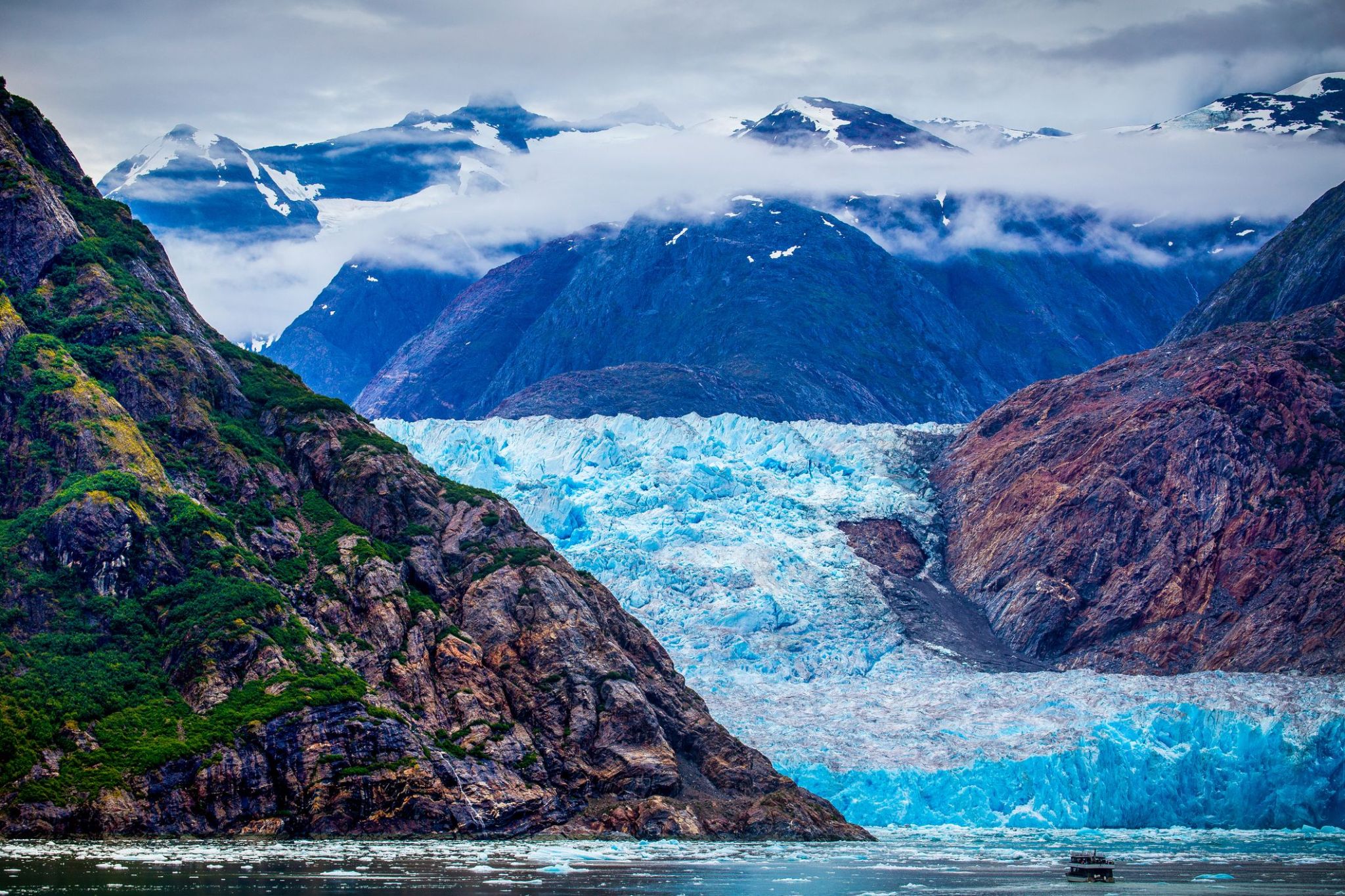
Lodowiec Tracy Arm to majestatyczna i dramatyczna masa lodowa, położona na południowym wschodzie Alaski, w pobliżu miasta Juneau. Lodowiec rozciąga się na kilka dziesiątków kilometrów i jest częścią fjordu o tej samej nazwie, otoczonego stromymi zboczami górskimi. Jedną z kluczowych cech Tracy Arm jest jego wysoka aktywność – regularnie odrywają się tu ogromne góry lodowe, które delikatnie dryfują w ciemne wody fjordu, tworząc zapierające dech w piersiach widowisko. Lodowiec jest również domem dla różnych gatunków dzikiej przyrody, w tym fok i niedźwiedzi polarnych, co czyni ten region jeszcze bardziej atrakcyjnym dla miłośników obserwacji zwierząt.
Dla turystów Tracy Arm to prawdziwa perełka dla tych, którzy szukają unikalnych przygód w naturze. Wycieczki po fjordzie, często organizowane na statkach wycieczkowych, oferują zapierające dech w piersiach widoki na lodowe ściany lodowca, a także możliwość zobaczenia dramatycznych oderwań lodowca. Latem w tym regionie można obserwować różne zwierzęta, w tym lwy morskie i wieloryby, które często spotyka się w wodach fjordu. Dla tych, którzy chcą poczuć prawdziwą dzikość, Tracy Arm oferuje unikalną możliwość połączenia aktywnego wypoczynku z niezrównaną urodą lodowcowych krajobrazów.
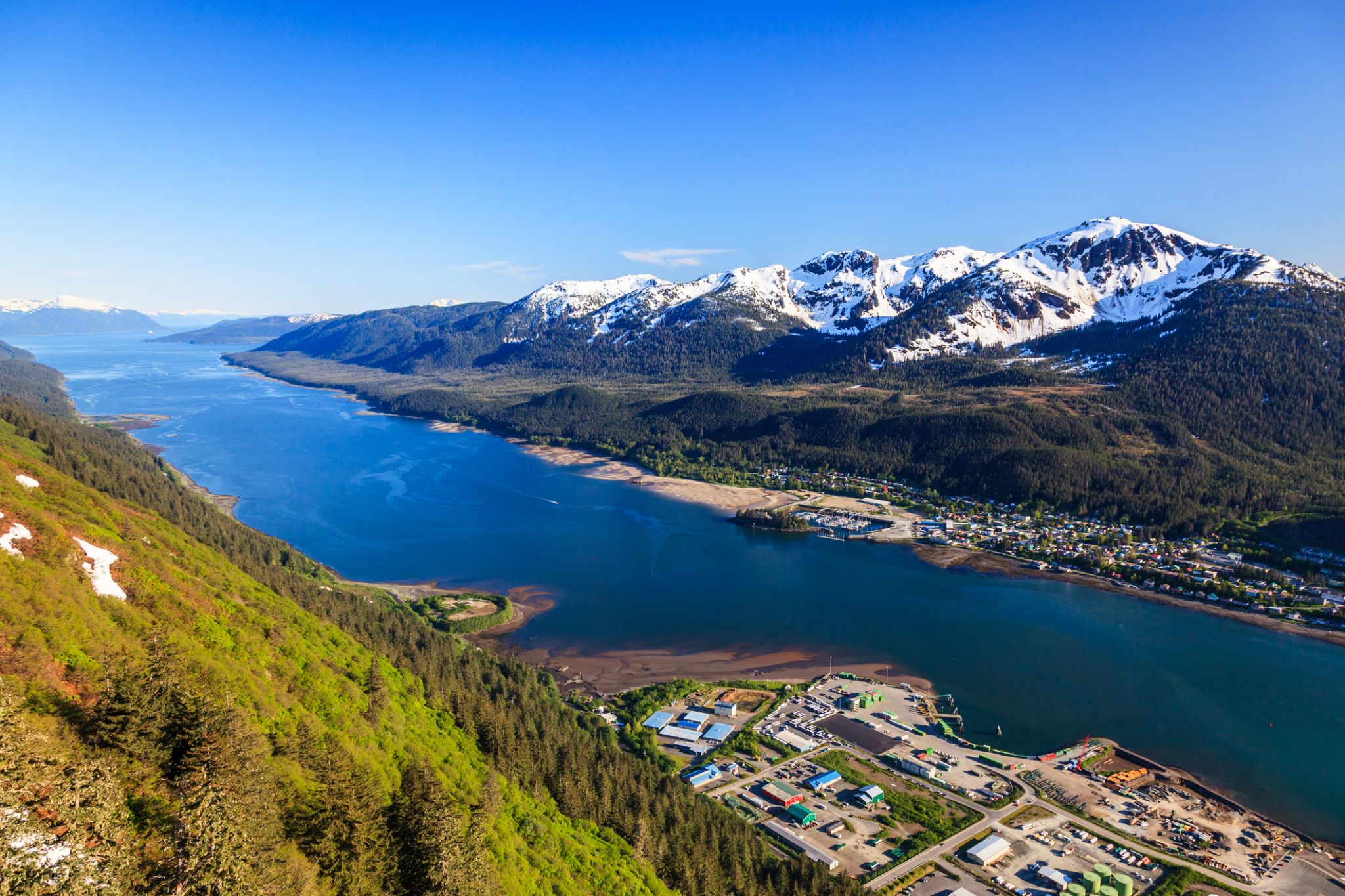
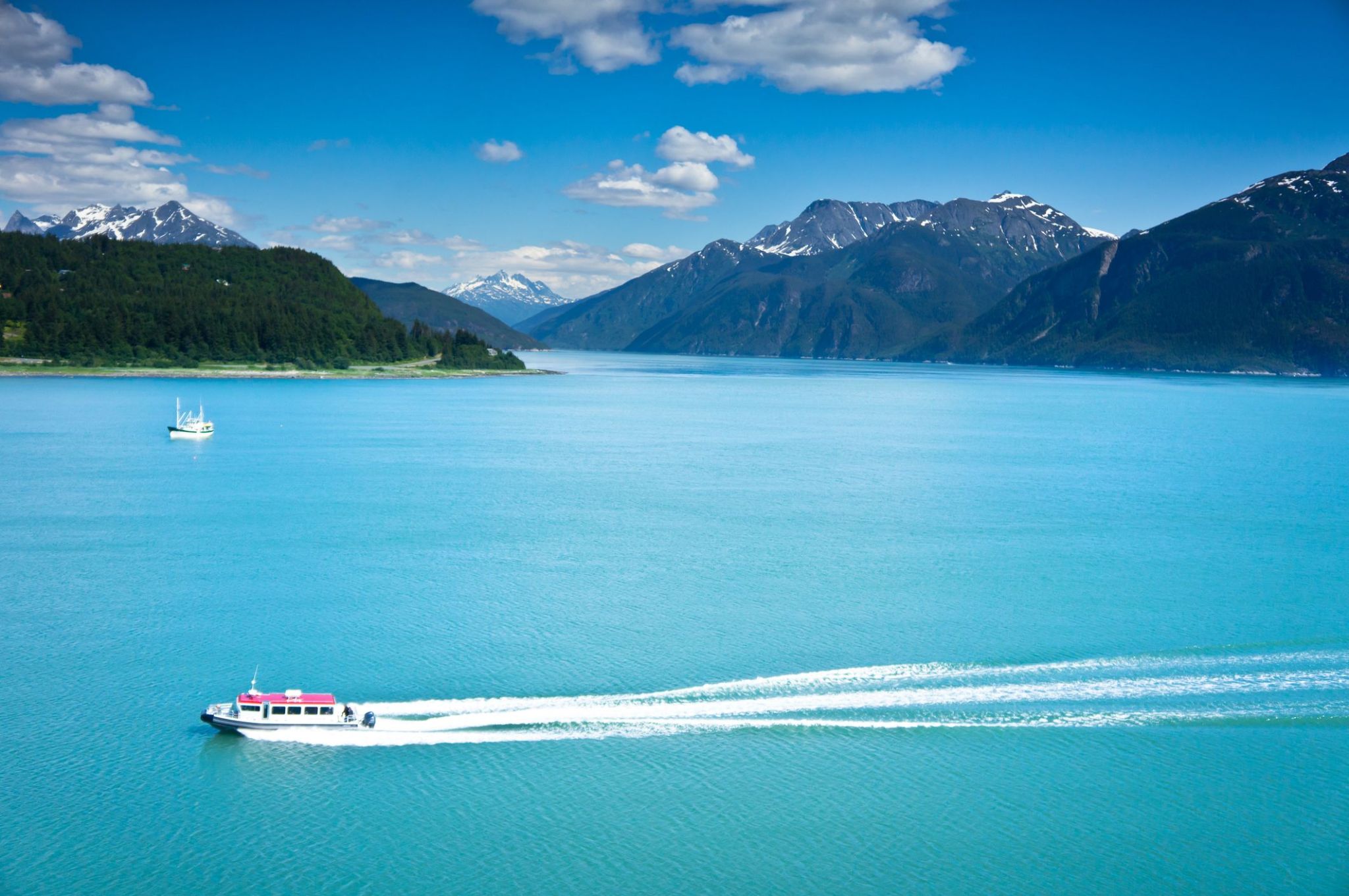
Haines to niewielkie, ale malownicze miasteczko położone w południowo-wschodniej części Alaski, pomiędzy górami a wodami kanału Lynn. To jedno z nielicznych miejsc w regionie, do których można dotrzeć zarówno drogą lądową, jak i morską. Haines słynie z niesamowitej przyrody i dzikiej fauny — jesienią tysiące bielików amerykańskich zjeżdżają się tutaj, czyniąc to miejsce światowym centrum ich obserwacji. Znajduje się tu również Amerykańskie Centrum Bielika, gdzie odwiedzający mogą dowiedzieć się więcej o tych majestatycznych ptakach i ich roli w ekosystemie Alaski.
Dla podróżnych Haines oferuje rzadkie połączenie przygody i spokoju. Miasteczko otaczają malownicze szlaki piesze, rzeki idealne do raftingu oraz jeziora odpowiednie do wędkowania. Kultura lokalna również przyciąga uwagę — Haines wyróżnia się silnym dziedzictwem ludu Tlingit, rdzennego plemienia regionu, a także przytulnymi galeriami sztuki i warsztatami rzemiosła. Latem odbywa się tu festiwal sztuki i folkloru, który przyciąga zarówno mieszkańców, jak i turystów. Haines to miejsce, w którym można naprawdę poczuć ducha Alaski, nie rezygnując z komfortu i gościnności.
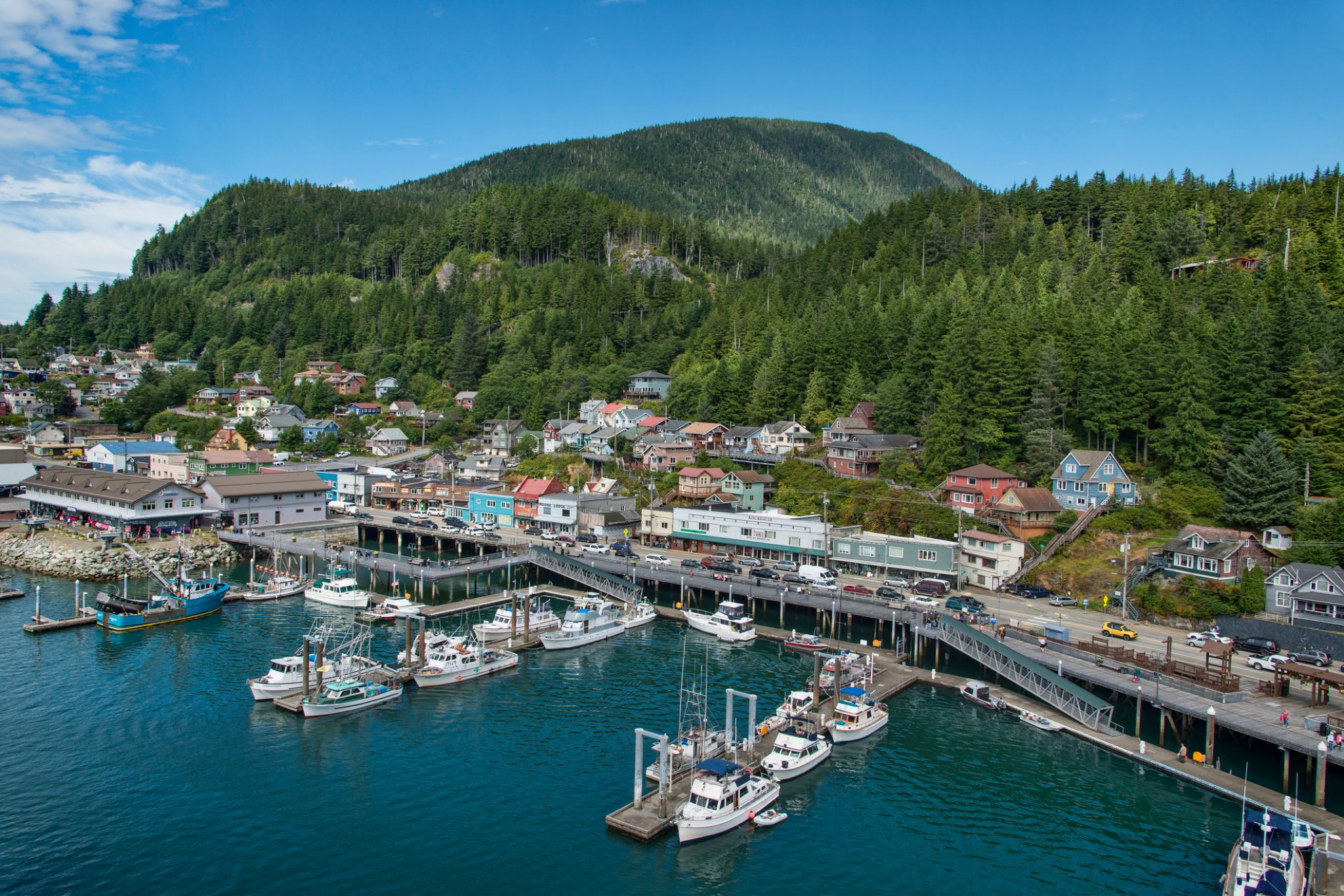
Ketchikan is a city in the Ketchikan Gateway Borough, Alaska, United States, the southeasternmost city in Alaska. With a population at the 2010 census of 8,050, it is the fifth-most populous city in the state, and tenth-most populous community when census-designated places are included. The surrounding borough, encompassing suburbs both north and south of the city along the Tongass Highway (most of which are commonly regarded as a part of Ketchikan, albeit not a part of the city itself), plus small rural settlements accessible mostly by water, registered a population of 13,477 in that same census. Estimates put the 2017 population at 13,754 people. Incorporated on August 25, 1900, Ketchikan is the earliest extant incorporated city in Alaska, because consolidation or unification elsewhere in Alaska resulted in dissolution of those communities' city governments. Ketchikan is located on Revillagigedo Island, so named in 1793 by Captain George Vancouver.
Ketchikan is named after Ketchikan Creek, which flows through the town, emptying into the Tongass Narrows a short distance southeast of its downtown. "Ketchikan" comes from the Tlingit name for the creek, Kitschk-hin, the meaning of which is unclear. It may mean "the river belonging to Kitschk"; other accounts claim it means "Thundering Wings of an Eagle". In modern Tlingit this name is rendered as Kichx̱áan.


Vancouver is a coastal seaport city in western Canada, located in the Lower Mainland region of British Columbia. As the most populous city in the province, the 2016 census recorded 631,486 people in the city, up from 603,502 in 2011. The Greater Vancouver area had a population of 2,463,431 in 2016, making it the third-largest metropolitan area in Canada. Vancouver has the highest population density in Canada with over 5,400 people per square kilometre, which makes it the fifth-most densely populated city with over 250,000 residents in North America behind New York City, Guadalajara, San Francisco, and Mexico City according to the 2011 census. Vancouver is one of the most ethnically and linguistically diverse cities in Canada according to that census; 52% of its residents have a first language other than English.[8][9] Roughly 30% of the city's inhabitants are of Chineseheritage. Vancouver is classed as a Beta global city.
Vancouver is consistently named as one of the top five worldwide cities for livability and quality of life, and the Economist Intelligence Unit acknowledged it as the first city ranked among the top-ten of the world's most well-living cities for five consecutive years. Vancouver has hosted many international conferences and events, including the 1954 British Empire and Commonwealth Games, UN Habitat I, Expo 86, the World Police and Fire Games in 1989 and 2009; and the 2010 Winter Olympics and Paralympics which were held in Vancouver and Whistler, a resort community 125 km (78 mi) north of the city. In 2014, following thirty years in California, the TED conference made Vancouver its indefinite home. Several matches of the 2015 FIFA Women's World Cup were played in Vancouver, including the final at BC Place.